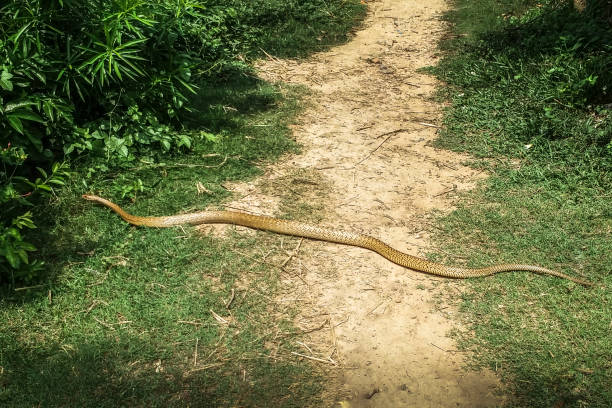Damana or Dhamana? Discover the History of Patia & the Sapua Kela Tribe
Unraveling the Historical and Cultural Ties of Damana and Patia in Bhubaneswar
By Ankita Rath: In the bustling city of Bhubaneswar, Odisha, there’s a place called Damana. The name itself has an interesting backstory that ties deeply to the history and culture of the region. But is it really “Damana,” or should it be “Dhamana”? Let’s explore the origins of this name and the connection to the Sapua Kela tribe, as told in the book Sapua Kela by N. Pattnaik and B. Choudhury.
The Story Behind the Name Damana
The name “Damana” is believed to come from the word “Daman,” which means “to tame” or “to subdue.” Long ago, this area was a wild, forested land full of challenges for the people who lived nearby. They worked hard to make the land safe and livable, and their efforts to “tame” the area likely led to its name.
But there’s another possible source for the name. “Dhamana” is also the name of a type of snake, the Indian Rat Snake, which is common in this region. These non-venomous snakes are fast and skilled at surviving in various environments, making them well-known among the local people. The presence of these snakes might have influenced the name “Damana,” creating a link between the land and its natural inhabitants.
Patia and the Sapua Kela Tribe
Support Independent Journalism? Keep us live.
Next to Damana is Patia, another area with a rich history. It’s closely connected to the Sapua Kela tribe, a group known for their unique skill in handling snakes. The book Sapua Kela dives into the life of this tribe, highlighting their deep relationship with nature, especially with snakes like the Dhamana.
The Sapua Kela tribe has passed down their knowledge of snakes and the environment through generations. This knowledge is more than just practical; it’s also a part of their culture and identity. Patia became a center where the traditions of the Sapua Kela tribe were kept alive and respected.
From Past to Present
Today, Damana and Patia are vibrant urban neighborhoods. However, their names and histories remind us of the deep cultural roots that still influence these areas. The journey from wild forests to developed localities reflects the balance between nature and human settlement—a theme that is central to the story told in Sapua Kela.
Whether the name “Damana” comes from the act of taming the land or from the Dhamana snake, it’s clear that the history and culture of the area are rich and meaningful. The legacy of the Sapua Kela tribe in Patia continues to be a part of the identity of this region.
As Bhubaneswar continues to grow, the stories of Damana, Patia, and the Sapua Kela tribe serve as a reminder of the connection between people and the land they live on—a connection that has shaped the region’s past and continues to influence its future.


Comments are closed.